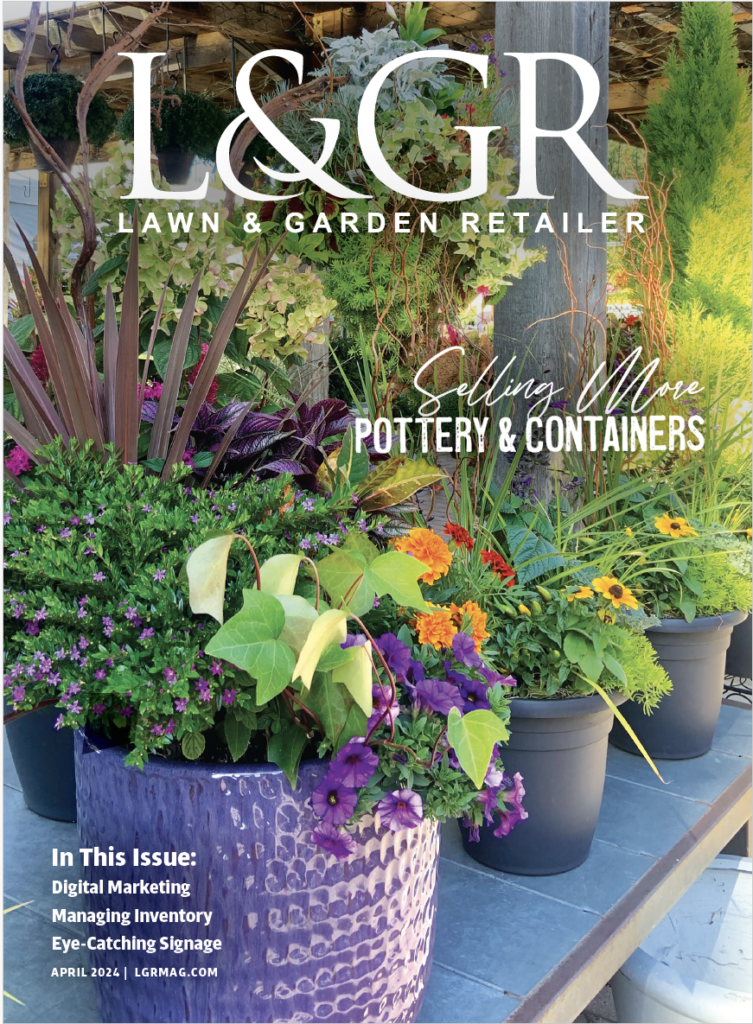Starting Fresh
This month, we asked our panelists to share their 2008 gardening plans with us. What lessons from 2007 are they taking with them into this season? With spring just a couple of months away, homeowners will be getting ready for the gardening season and heading into garden centers for new ideas and tips.
Becky, 49
Dallas, Texas
“This year, I will clear out the old leaves and weeds much earlier than usual. I want to get a head start on a garden and my potted plants. Daffodils sprout in March here in Texas, and I need to be ready to plant by then. I am ready to dig in the earth and wear flip-flops!
“I learned that, in Dallas, it is much easier to plant in pots than create new flowerbeds. I will go shopping for decorative pots for my backyard in the next few months.
“I think I will try planting tomatoes this year. We have a big backyard with a lot of pesky, uninvited animals, so I need to make sure I fence the plants correctly. I am looking forward to the spring. Is there anything better than tasting a homegrown tomato?”
Luis, 75
Rockford, Ill.
“Winter is a welcome respite from the work of outdoor gardening, a time for reflection and planning for next season. I have a well-established garden, so my planning mainly includes division of overgrown perennials, replacing those that haven’t done well or have died, selecting annuals for my flower beds and containers, and planning possible new beds or enlarging older ones. All the catalogs that arrive during this season are a useful resource for learning about and selecting plants.
“I hope to dig out an overly aggressive Wormwood (Artemesia ludoviciana) that is taking over one of my flowerbeds. If I had known how aggressive this particular Wormwood is, I wouldn’t have planted it where I did. It would be helpful if nurseries included a description of plant aggressiveness and degree thereof on their plant labels.
“This year, I also plan to select more combinations of plants to grow in my containers. I think combinations are often more interesting than a monoculture, and if one plant doesn’t do well, it isn’t a total loss. I’m also anxious to see how well a Double Knock Out shrub rose plant last year fared over the winter.”
Kelly, 28
Ithaca, N.Y.
“Last year, I decided to dig up the center section of the garden typically reserved for herbs and installed a perennial garden. I grew the herbs in pots atop an antique plant cart, and the effect was quite striking. Another fun feature of last year’s garden was pumpkin vines that I grew up a trellis fence and whose gourds I supported with fishing nets as they developed.
“Another planting season is approaching, and I have already begun preparations for the garden. Every year, I traditionally plant seeds on the anniversary of my wedding day (May 6) and plant starts on Memorial Day weekend. The general plan for this year will be to grow a more diverse selection of vegetable crops. Over the years, I have developed the habit of growing the same handful of vegetables and am looking to expand the selection that makes its way to my dinner plate.
“As far as lessons learned, there is one very important one that I can think of straight away: My monoculture of tomato plants were completely decimated by fungus and whiteflies last year. Because I do not use pesticides in my garden at all; this creates an even bigger problem. This year, I will be intercropping all my vegetable plants to create an attractive garden design and to avoid the perils of the monoculture system.”
Questions to Consider
- Does your garden center carry a variety of vegetable crops? If so, is this an item that you encourage new and/or young gardeners to try out?
- Do you provide in-depth cultural information on plant tags for customers?
- Do you supply combination ideas for container gardeners?
- Are you including some new and exciting products in your inventory this season to entice customers to break out of their routines and try something differ- ent? If so, what are they?

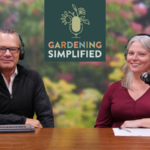
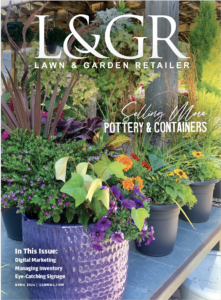
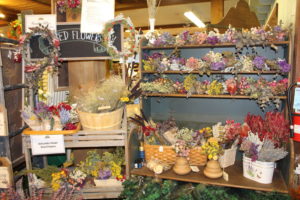
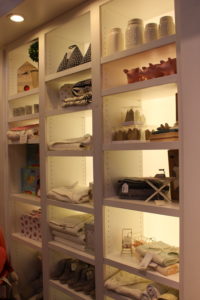

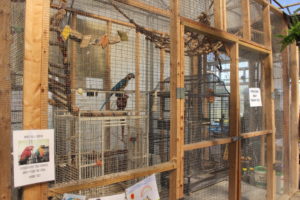
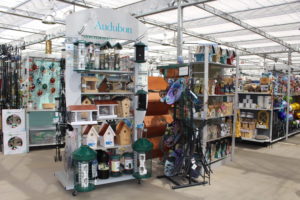
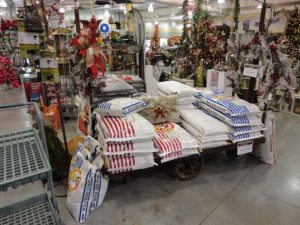
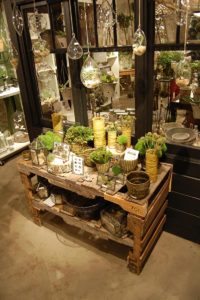
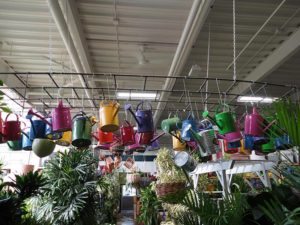
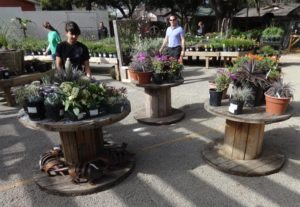

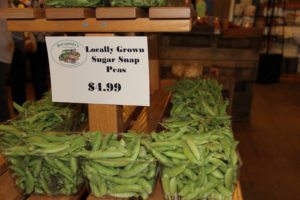
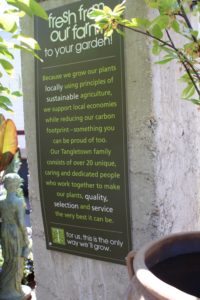
 Videos
Videos




